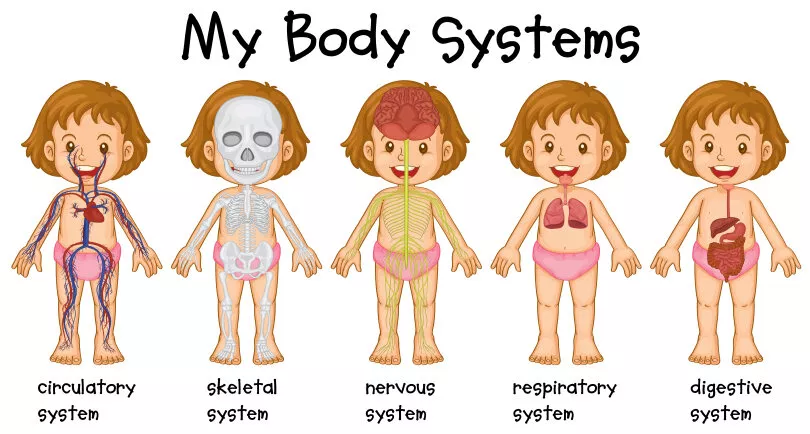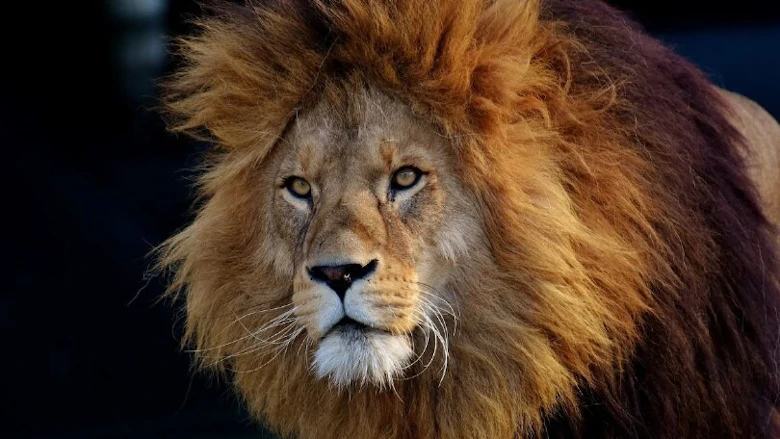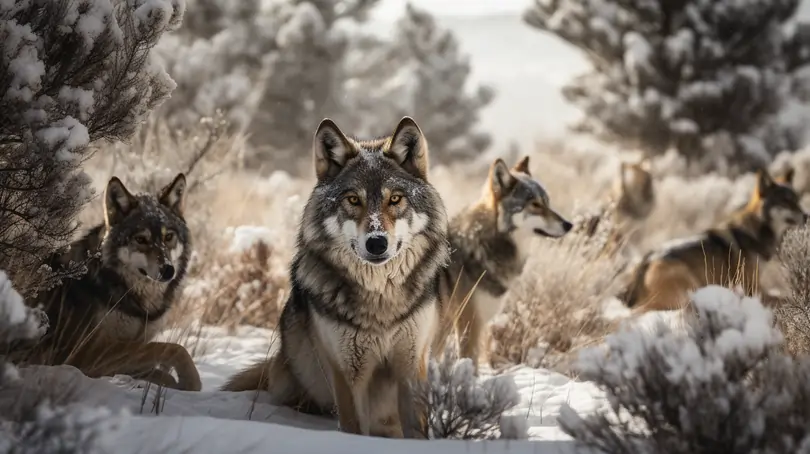Living Together
In this article, you will be introduced to Living Together according to the Singapore Primary 6 Science syllabus. You will learn about the different factors in the environment that affect the survival of living things.
Factors of an environment
Let us examine some of the important factors within an environment that will affect the survival of living things. A useful acronym to remember these factors will be LOW FAT.
-
Light
The Earth’s main source of light energy is the Sun. Light energy is required for plants to photosynthesize (make food). Without light, plants will die due to them being unable to make food. Eventually, other living things that depend on plants either directly or indirectly for food will die too.
Different organisms have different preferences for the amount of light. This affects the type of living things found in an environment, and helps to explain why we do not find earthworms crawling around on a bright field!
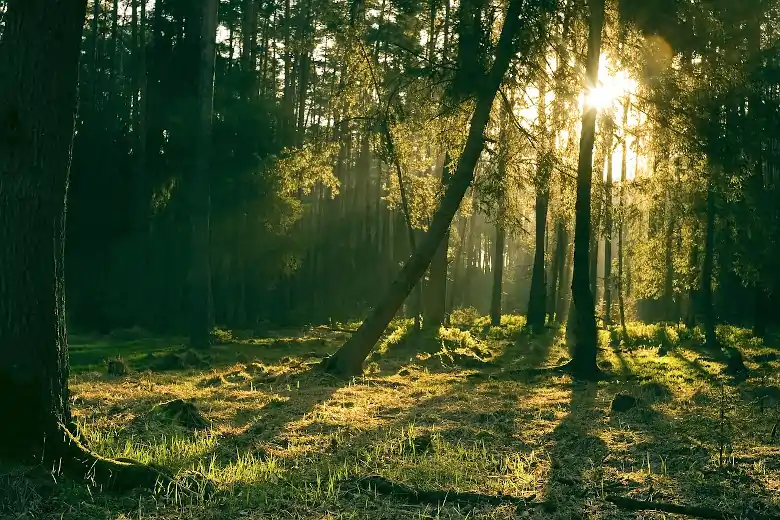
Image Credit: Nature Sun Tree - pixabay.com
-
Other living things
A living thing’s survival depends on the presence of other types of living things in the environment. This is because living things that live together in the same environment interact with each other. For example, when birds feed on pests that consume plant juices or destroy plant parts, they help to ensure the survival of the plants.
Living things such as decomposers play an important role in the environment too. They help to break down dead matter and animal waste into simple substances which are returned to the soil as nutrients for the plants. Decomposition also helps to prevent Earth from being covered with dead matter and animal waste.
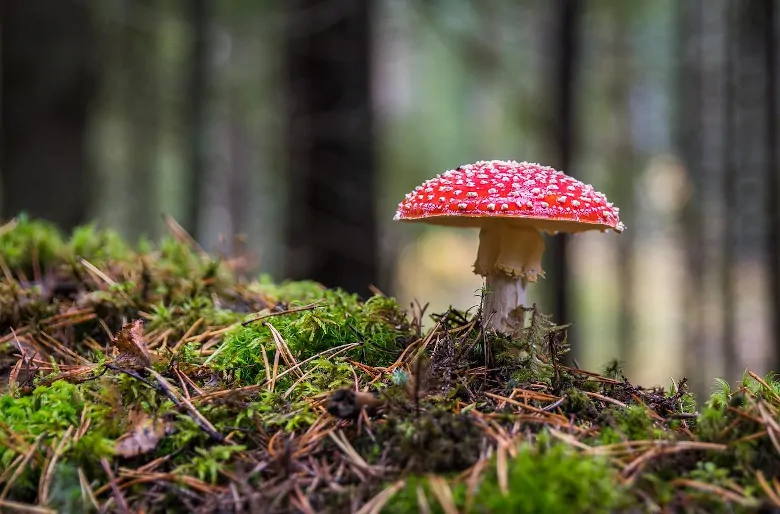
ImageCredit: Mushroom Amanita Moss - pixabay.com
-
Water
Water is one of the most important things needed for living things to survive. It is essential for processes like photosynthesis in plants and blood circulation in animals.
The amount of water in a particular habitat depends on the amount of rainfall it receives. Most living things prefer environments where water is easily accessible. Harsh environments such as deserts do not have as much wildlife living in them due to the shortage of water.
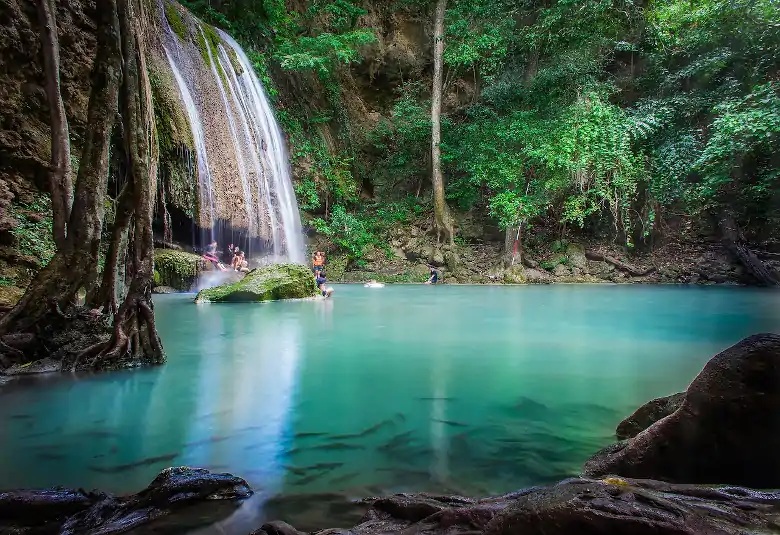
Image Credit: Waterfall Erawan - pixabay.com
-
Food
Another important thing that living things need to survive is food. Food provides living things with the energy that is required for them to carry out activities such as movement and growth. When animals live together with other animals, they might need to compete with each other for food. Animals that are outcompeted will have to migrate to other places, else they will die from hunger.

Image Credit: Cheetah Kenya Masai Mara National - pixabay.com
-
Air
Air is extremely important to all living things regardless of where they live, be it on land or in water. Living things need oxygen in the air to survive. Plants need carbon dioxide from the air to make their own food. Without sufficient carbon dioxide, plants will not be able to photosynthesize and will die. Animals and other living things will be affected when plants die.
-
Temperature
The temperature of an environment is regulated by the amount of heat energy that it receives from the Sun. Temperature has a direct impact on how active some animals are. It also affects the body temperature of cold-blooded animals such as reptiles and amphibians.
The type of living things found in different habitats depends on the temperature of the environment. Extreme temperatures in habitats like the desert or the polar regions do not support the survival of most living things. Under high temperatures, plants and animals may suffer from excessive water loss. When the temperature of the environment dips too low, living things may freeze and die. The availability of water will also be reduced since water will freeze below 0oC.
Conclusion
We have examined the different factors of an environment, which include light, other living things, water, food, air and temperature. We have also learnt that every single factor plays an important role in determining the survival of organisms living in a particular environment.
Test Your Concepts
Answer the following questions based on the concepts that we have covered in this article. If you are unclear, you may want to revisit the relevant section to revise the concepts.
Question 1:
The graph below shows how temperature affects the number of two types of plants, P and Q.

Based on the graph, which of the following statements are correct?
- Plant P is not affected by temperature changes.
- At 30oC, there is more Plant P than Plant Q.
- Plant Q grows best at about 15oC.
Choose the correct option
- A and B
- A and C
- B and C
- A, B and C
Solution:
(3) B and C
Explanation:
Statement A is not true, because the number of Plant P starts to decrease after 40oC.
Question 2:
The diagram below shows a pond. Its surface is completely covered with water lettuce. There were no fully submerged plants found at the bottom of the pond.
Explain why this was so.
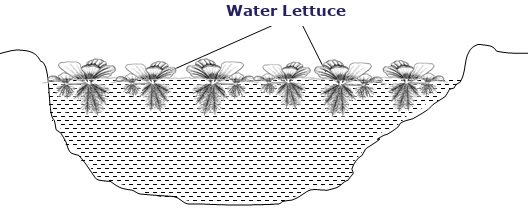
Solution:
The water lettuce blocked sunlight from reaching the bottom of the pond, thus making the bottom of the pond too dark for fully submerged plants to grow.
Explanation:
Without light, plants will be unable to grow at the bottom of the pond.
Test Yourself
Which one of the following groups below does not form a population?
A population refers to a group of organisms of the same kind that live together and reproduce in a particular place. It includes all the young and adults of the particular organism, at any stage of their life cycle. Therefore, only (C) shows different organisms in the group.
The figure shows a cross-section of a pond. How many populations of aquatic plants are there?
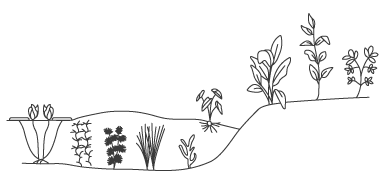
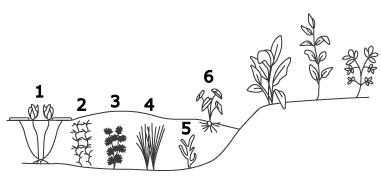
Aquatic plants are those that live in water, no matter the level of submersion.
An Angsana tree has two bird's nest ferns and some staghorn ferns growing. Ants, squirrels and some sparrows live on the tree too. There are some baby squirrels too. How many populations are sustained by the tree?
The five populations are the bird's nest fern, staghorn fern, ant, squirrel and sparrow.


 SG
SG  VN
VN 

